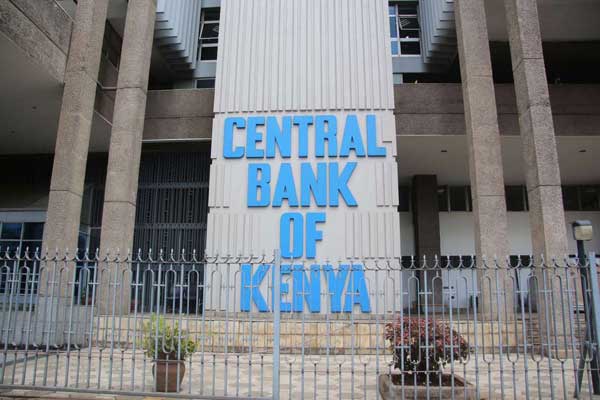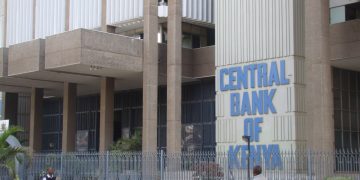Remittance inflows to Kenya have increased tremendously in recent years, with total remittances in 2021 reaching a record USD3,718 million (Ksh422.1 billion). This surpassed the previous record of USD3,094 million (Ksh35103 billion)set in 2020.
These amounts are equivalent to approximately 3 percent of Kenya’s GDP. However, only inflows through formal channels—e.g., through authorized international remittance service providers in Kenya or commercial banks—are included in the reported inflows, which exclude remittances through informal channels and in-kind remittances.
This according to the Diaspora Remittances Survey released by the Central Bank of Kenya (CBK) conducted from March to May 2021, aimed at collecting valuable information on remittance inflows to Kenya, with the objective of boosting the role of remittances in supporting the economy and livelihoods.
Read: Uhuru’s economics; what we know
The information gathered through the Survey included: the efficiency and cost of alternative remittance channels; the difficulties in remitting cash or non-cash transfers; the availability of information to Kenyans in the diaspora about investment opportunities in Kenya; and the usage of remittances received.
Most remittances are directed at family members, who are largely self-employed, unemployed, or students. About half of the total remitted was allocated to: investment in real estate (land and buildings) for recipients, mortgage payment for senders, and purchase of food and household goods.
The Survey also confirmed the importance of mobile money operators and money transfer companies, in
addition to banks, as the main channels for cash remittances. Further, the Kenyan diaspora prefers digital service providers due to convenience, promptness, and ease of access. On average, recipients receive remitted funds on the same day, reflecting the efficiency of these channels.
Read: TransUnion Kenya Taps Copia Executive Morris Maina To Become CEO
Key problems that were identified included the high cost of remitting cash, and the inadequate information on investment opportunities in Kenya for the remitters.
The Survey targeted Kenyans living abroad who had sent remittances in 2019. The respondents were reached with the support of the Ministry of Foreign Affairs and especially the Kenyan missions abroad, diaspora organizations, and other stakeholders.
The Survey was conducted through an online questionnaire and attracted 1,321 respondents.
Read Next: Will Africa’s economies buckle under the coronavirus?



![[Photo/Unsplash]](https://financialday.co.ke/wp-content/uploads/2023/08/GROCERY-360x180.jpg)


